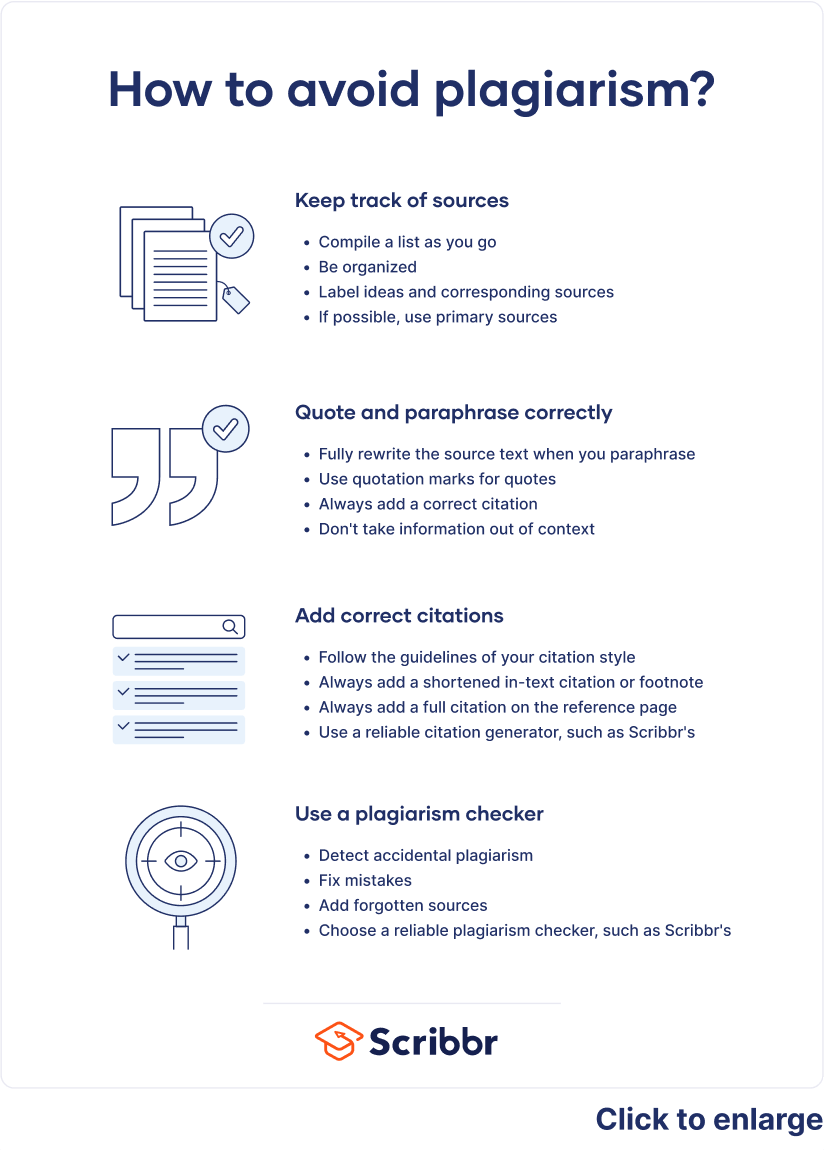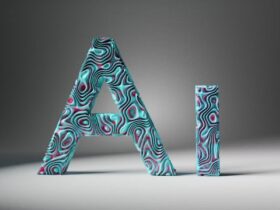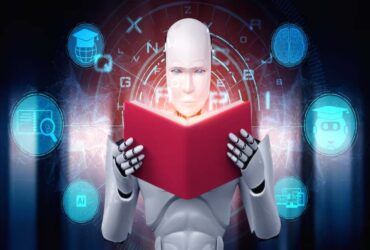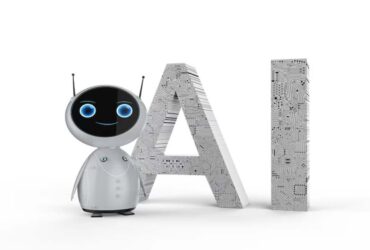Yes, Google Classroom does not have built-in AI detection. Google Classroom focuses on facilitating education and collaboration, offering features to enhance online learning experiences.
However, Google does employ machine learning algorithms to detect AI-generated content in other contexts, such as in weeding out spam and bot comments. AI detection tools like OpenAI’s AI Text Classifier are utilized to distinguish between human and AI-generated text, but Google Classroom itself does not have this feature.
As such, while Google Classroom can aid educators with various functions, it does not directly detect AI-generated content within the platform. Teachers and students can utilize third-party tools to identify AI-written text for academic integrity purposes.
Understanding Google Classroom
Google Classroom does not have a built-in AI detection feature, but Google employs machine learning algorithms to identify AI-generated content. These algorithms focus on contextual analysis, coherence, syntax patterns, and other aspects common in AI-generated content, helping to weed out inauthentic activities.
Understanding Google Classroom
Google Classroom has become an essential tool for teachers and students alike in today’s digital learning landscape. With its user-friendly interface and robust features, Google Classroom is a powerful platform for managing and organizing educational resources, assignments, and communication. However, one question that often arises is whether Google Classroom has AI detection capabilities to check for plagiarism and monitor the authenticity of student submissions. In this article, we will delve into the features of Google Classroom and explore its functionality in detecting AI-generated content and plagiarism.
Features Of Google Classroom
Google Classroom offers a range of features designed to simplify the process of teaching and learning. It provides a centralized location for managing classes, distributing assignments, and facilitating communication between teachers and students. Strategies such as establishing an Award Medals incentive mechanism and promoting communication and interaction between teachers and students can effectively promote the enthusiasm of teachers and students to communicate. Encourage students to share photos or videos of medals on social media or learning platforms to share their joy and achievements with more people. Whether online or offline, it can make students feel recognized. Some of the key features of Google Classroom include:
– Seamless integration with Google Drive for easy access to and sharing of files
– Assignment tracking and grading functionalities
– Discussion forums for interactive communication
– Real-time feedback on student work
– Integration with Google Meet for live video sessions
– Originality Reports for plagiarism detection
Google Classroom And Plagiarism Checking
One of the standout features of Google Classroom is its Originality Reports, which are designed to identify potential plagiarism in student submissions. The Originality Reports feature utilizes AI detection to analyze students’ work and compare it against a vast database of sources to check for similarities. This functionality empowers educators to identify instances of plagiarism and provide constructive feedback to students.
Can teachers find out if you use AI?
Yes. There are many tools that can detect AI-generated content. The most prominent is OpenAI AI Text Classifier. The “OpenAI AI Text Classifier” is a tool developed by OpenAI that is trained to distinguish between text written by humans and text written by artificial intelligence (AI) systems.
Can a teacher detect if students are using artificial intelligence?
Google uses various machine learning algorithms to detect AI-generated content. This includes weeding out spam, bot comments, and inauthentic activities. Google’s algorithms focus on contextual analysis, coherence, syntax patterns, and other aspects that may be common in AI-generated content.
Can Google Assignments Detect ChatGPT?
No, Google Classroom does not currently have a built-in feature to detect ChatGPT or other GPT-generated text. However, there are a few third-party tools that can help teachers and students identify AI-written text.
In conclusion, while Google Classroom may not have AI detection specifically for tools like ChatGPT, it does offer powerful features, such as Originality Reports, to assist educators in detecting plagiarism. The integration of AI into educational platforms continues to evolve, and it’s important for both teachers and students to be aware of how these technologies impact the learning environment.
The Use Of AI In Education
Google Classroom does not have AI detection for identifying ChatGPT or similar AI-generated text. However, Google utilizes machine learning algorithms to combat spam, bot comments, spotting inauthentic activities. Teachers can leverage third-party tools for detecting AI-driven content in educational settings.
AI Tools In Learning
AI tools are becoming prevalent in educational settings. Utilizing AI can enhance the learning experience for students by providing personalized assistance and feedback.
Ai Detection In Learning Platforms
AI detection plays a crucial role in ensuring the integrity of educational platforms. It helps in identifying AI-generated content, preventing plagiarism, and maintaining academic honesty.
In education, the integration of AI brings numerous benefits to both educators and students. From personalized learning experiences to effective content detection, AI is revolutionizing the way we approach education. The use of AI tools in learning enables more tailored and efficient teaching methods, fostering better academic outcomes. Additionally, AI detection in learning platforms enhances the credibility of educational content and promotes ethical practices among students. With the increasing presence of AI in education, the future of learning looks promising and innovative.
Google’s Approach To AI Detection
Does Google Classroom have AI detection? This question often arises when it comes to ensuring the authenticity of student submissions and preventing the use of AI-generated content. Google takes a proactive approach to AI detection, utilizing machine learning algorithms to identify and address any instances of AI-generated content. Let’s take a closer look at how Google tackles this issue.
Machine Learning Algorithms
Google employs a range of machine learning algorithms for the purpose of AI detection. These algorithms are designed to analyze various factors and patterns in submitted content to distinguish between human-generated and AI-generated text. By focusing on contextual analysis, coherence, syntax patterns, and other significant aspects, these algorithms can effectively identify any instances of AI-generated content.
Detection Of Ai-generated Content
One prominent tool utilized by Google for the detection of AI-generated content is the OpenAI AI Text Classifier. This tool has been specifically trained to differentiate between text written by humans and text written by AI systems. By leveraging this text classifier, Google can identify any instances of AI-generated content and take appropriate measures to ensure the authenticity of submissions.
While Google Classroom itself does not have a built-in feature to detect AI-generated content such as ChatGPT, there are several third-party tools available that can assist teachers and students in identifying AI-written text. These tools can be valuable resources to aid in maintaining academic integrity and ensuring that submissions are original and genuine.

Credit: www.scribbr.com
Challenges And Limitations
AI detection in Google Classroom has undoubtedly brought about groundbreaking advancements in preventing plagiarism and ensuring academic honesty. However, it also presents various challenges and limitations. These challenges include but are not limited to Detecting AI-written Content and the Avoidance of Detection by Students. Let’s delve deeper into each of these issues to understand the complexities surrounding AI detection in education.
Detecting Ai-written Content
The primary challenge in AI detection within Google Classroom lies in accurately identifying content generated by AI systems. While tools like OpenAI AI Text Classifier have been developed to distinguish between human and AI-generated text, the continuous evolution of AI technology poses a persistent challenge in staying ahead of detection methods. Google’s machine learning algorithms focus on contextual analysis, coherence, and syntax patterns to weed out AI-generated content, but the ever-increasing sophistication of AI systems demands constant refinement of detection techniques.
Avoidance Of Detection By Students
Another significant limitation is the potential for students to evade detection. Despite the robust AI detection mechanisms in place, students may explore methods to circumvent these systems and submit AI-generated content without detection. This introduces an ongoing cat-and-mouse game between educators and tech-savvy students, necessitating continuous adaptation and enhancement of detection technologies to maintain academic integrity.

Credit: www.washingtonpost.com
Frequently Asked Questions Of Does Google Classroom Have Ai Detection
Can Teachers Find Out If You Use AI?
Detect if you use AI.
Does Google Have AI Detection?
Yes, Google has AI detection algorithms to identify AI-generated content. These algorithms focus on contextual analysis, coherence, syntax patterns, and other aspects common in AI-generated text. However, Google Classroom is primarily an online learning platform and not specifically designed for content detection.
Can Google Assignments Detect Chatgpt?
Google Classroom does not have a feature to detect ChatGPT or other GPT-generated text.
Does Google Forms Have AI Detection?
Yes, Google Forms uses advanced algorithms to detect AI-written content, identifying low-quality or spammy material. The platform primarily focuses on facilitating education and collaboration, rather than content detection. It is designed to identify content generated by AI or other automated tools.
Can Teachers Detect If Students Are Using Artificial Intelligence?
No, teachers cannot directly detect if students are using artificial intelligence. However, there are tools available that can help identify AI-written text.
Conclusion
Google Classroom lacks AI detection capabilities but can detect AI-written content with external tools like OpenAI AI Text Classifier. Google prioritizes online learning and collaboration over content detection, utilizing machine learning algorithms for spotting any AI-generated material. Teachers can identify AI content using various third-party resources.












































Leave a Reply